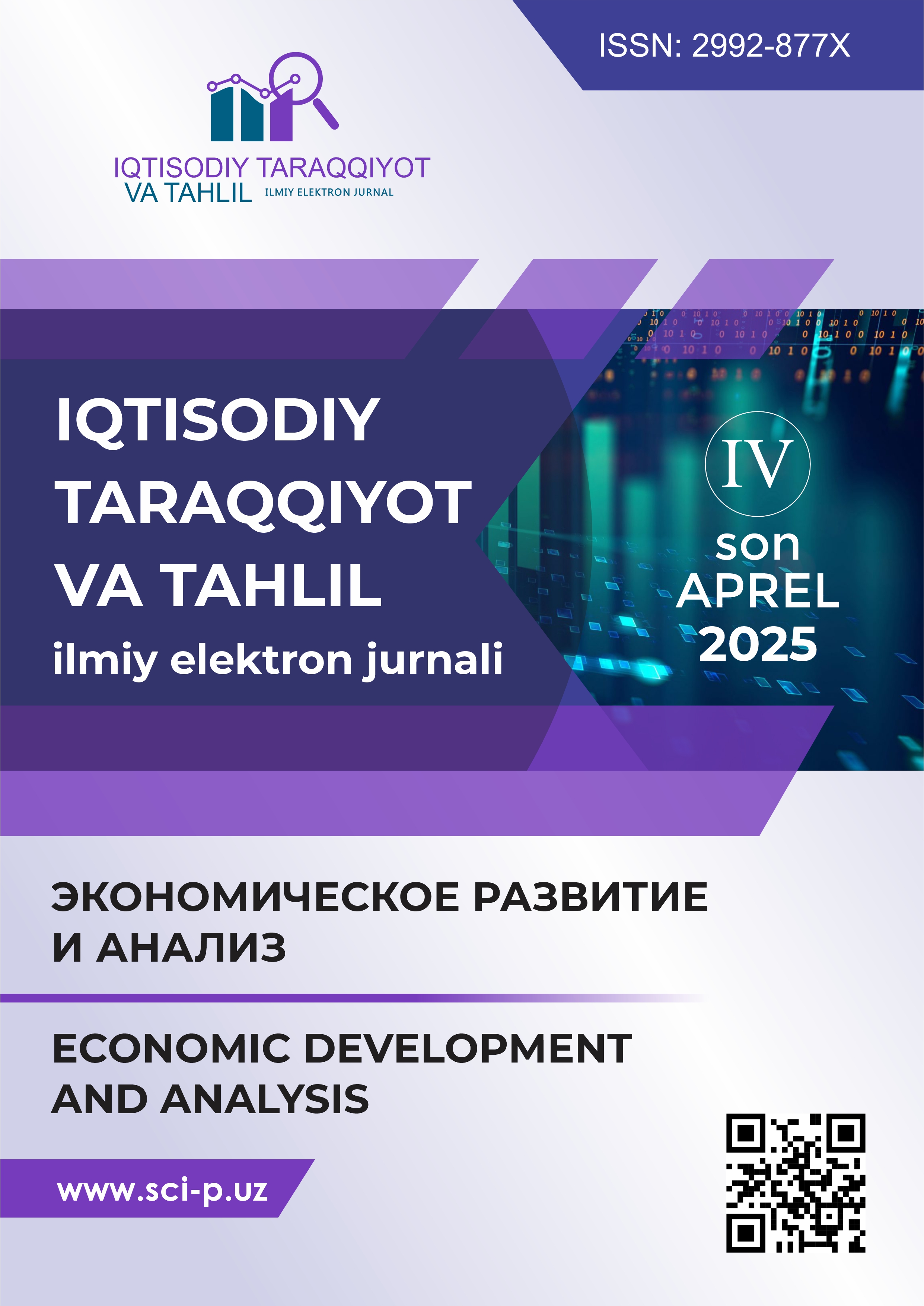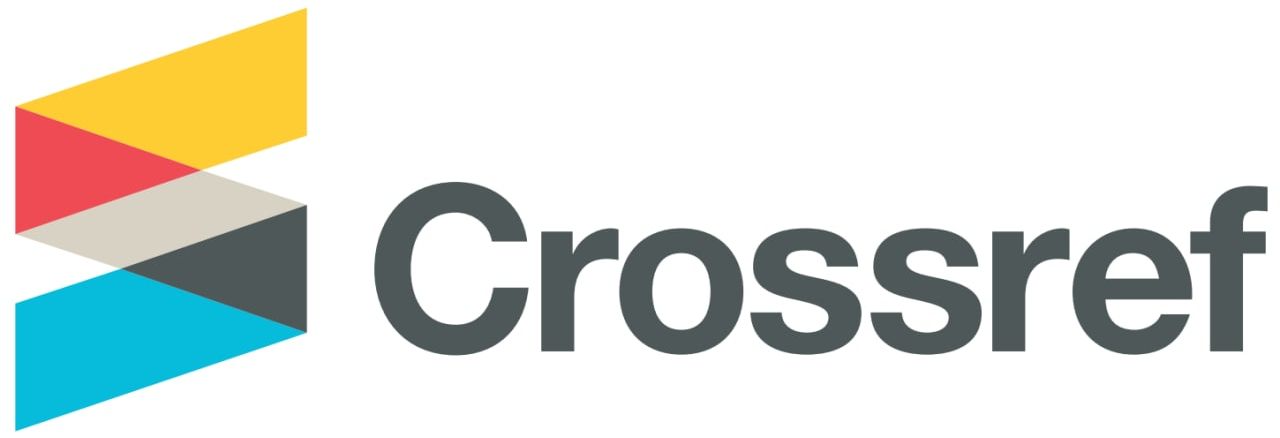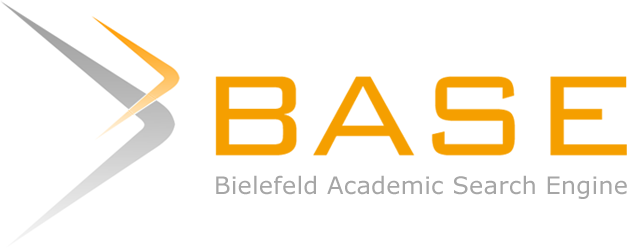ACTIVITIES AIMED AT ACHIEVING ECONOMIC EFFICIENCY THROUGH THE ACCELERATION OF CARGO DELIVERY TIMES WITHIN THE LOGISTICS CHAIN
DOI:
https://doi.org/10.60078/2992-877X-2025-vol3-iss4-pp49-58Abstract
The proposed methodology for improving freight delivery enables the calculation of all types of shipments and reduces delivery time. It defines the decision-making process during the execution of various operations at stations. A model based on mathematical modeling of the technological process dependency is proposed for making effective decisions. To verify the methodology for standardizing transportation duration, it is necessary to organize the process considering the delay of each technological operation. The main reason for applying standards is to accelerate cargo delivery and ensure the proper distribution of penalties among railways for late delivery. In turn, this will help develop contractual relationships with clients and improve the overall system.
Keywords:
delivery train station technology operationReferences
Dilmurod Butunov, et al., (2023). Mathematical modeling of technological operations performed by trains at stations. E3S Web of Conferences 460, 06002 1-09. DOI: https://doi.org/10.1051/e3sconf/202346006002.
Hall, R., (1991)Queuing Methods for Services and Manufacturing, University of California at Berkeley, Prentice Hall International,Inc., ISBN 0-13-748112-8. https://www.researchgate.net/ publication/224775872.
Jamshid Barotov, et al., (2024). Effective organization of acceleration of local train movement at railway transport departments. E3S Web of Conferences, 515, 02002. DOI: https://doi.org/10.1051/e3sconf/202451502002.
Jamshid Kobulov, et al., (2024). The effective organization of customer service technology in freight transportation sector. BIO Web of Conferences 138, 03027 https://doi.org/10.1051/bioconf/202413803027
Kobulov, J., et al., (2024) Overdue waiting of wagons on railway branch tracks: Problems and solutions. E3S Web of Conferences, 515, 03008. DOI: 10.1051/e3sconf/202451503008
Marin Marinov and Jose Viegas. (2011) A mesoscopic simulation modelling methodology for analyzing and evaluating freight train operations in a rail network. Simulation Modelling Practice and Theory 19(1):516-539. January . DOI:10.1016/j.simpat.2010.08.009.
Mukhamedova, Z., Mukhamedova, D. (2023). Prospects of Using Blockchain Technology in the Organization of the Transportation Process and Supply Chain. International Journal of Intelligent Systems and Applications in Engineering, 12(2s), 379–387. Retrieved from https://ijisae.org/index.php/IJISAE/article/view/3637
Rasulov, M., et al., (2023). Study of specific aspects of calculating the throughput of freight trains on two-track railway sections with mixed traffiс. In E3S Web of Conferences (Vol. 458, p. 03015). EDP Sciences. https://doi.org/10.1051/e3sconf/202345803015.
Sergey Bykadorov, et al., (2023) About the model of railway transport management in Russia. E3S Web of Conf., 389 05024. DOI: https://doi.org/10.1051/e3sconf/202338905024
Shenfeld, K.P., Zakharov, S.M., Cherkashin, Y.M. (2009). Studies and measures to provide wheel/rail performance of heavy and long train operation in the Russian Railways. Proceedings - 9th International Heavy Haul Conference: “Heavy Haul and Innovation Development,” pp. 1005-1011. https://www.scopus.com/record/display.uri?eid=2-s2.0-84870184066&origin =Author Names List&txGid
Downloads
Published
How to Cite
Issue
Section
License

This work is licensed under a Creative Commons Attribution 4.0 International License.










